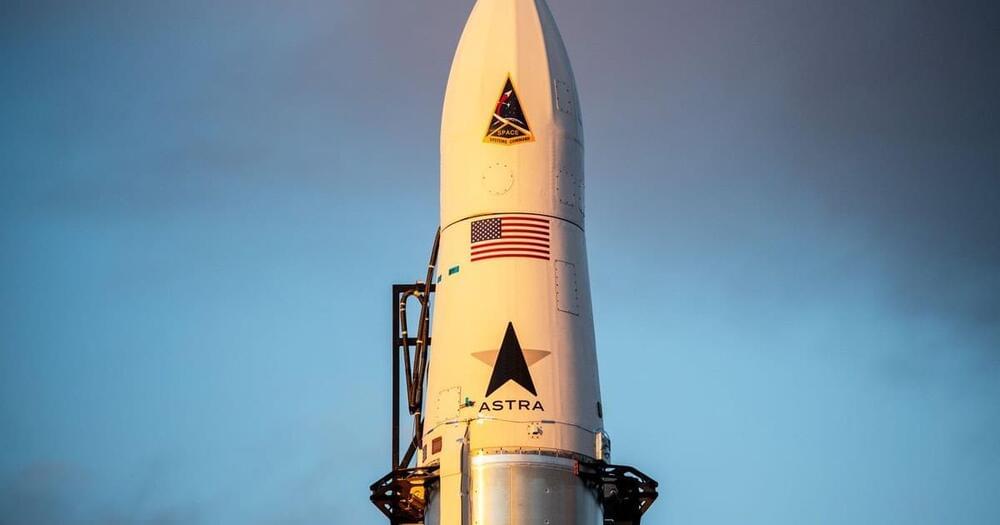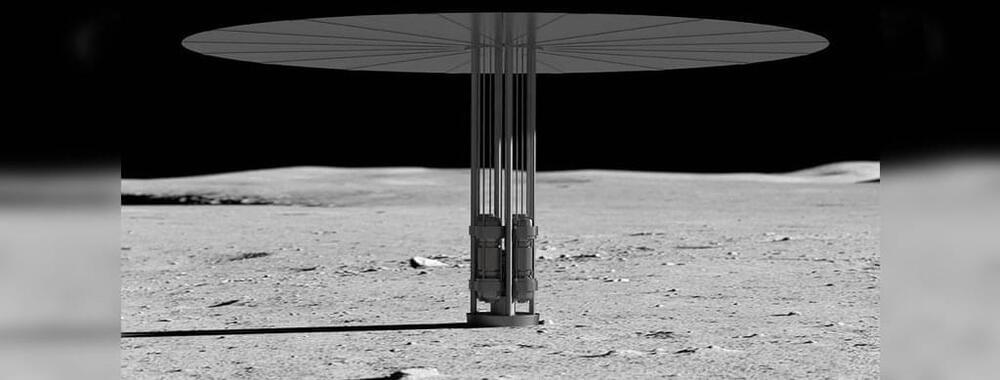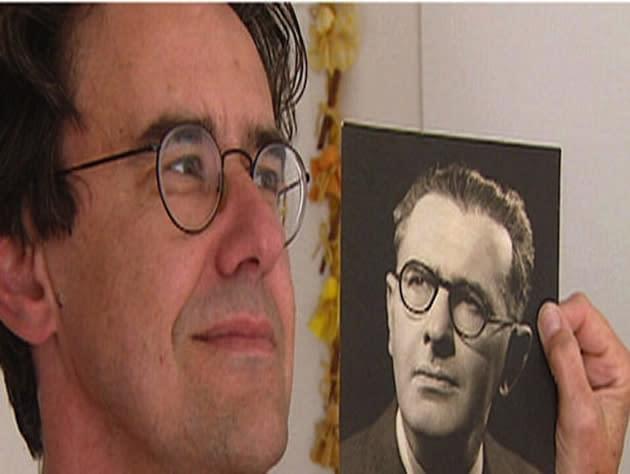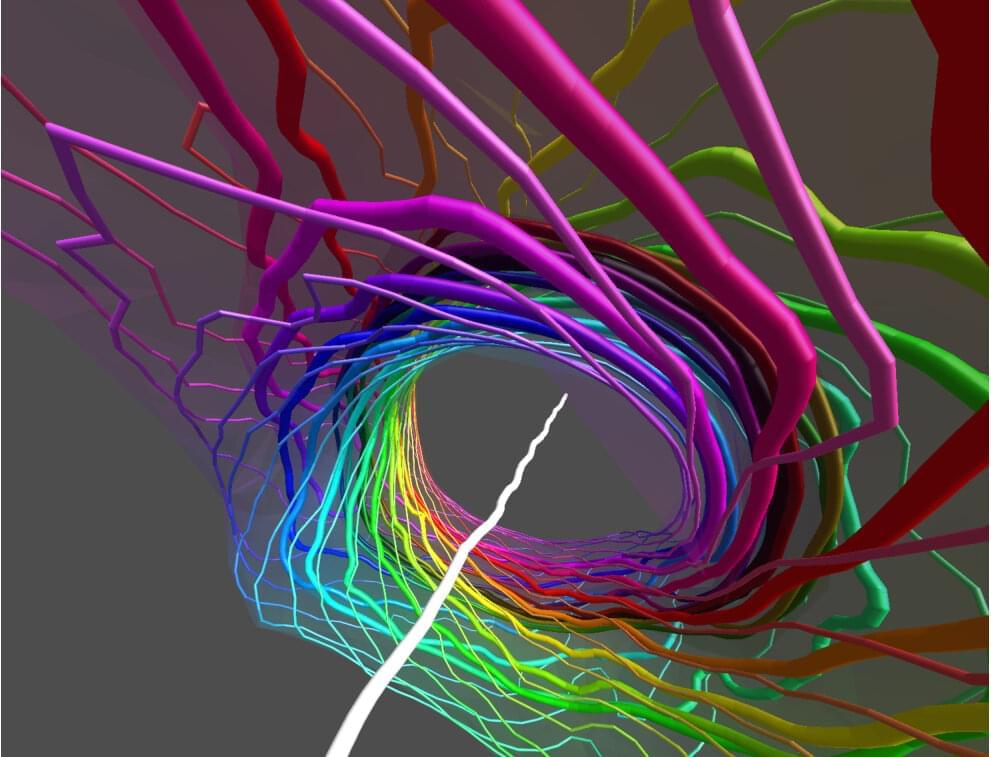Page 5592
The Moon awaits. After long decades in which no human being set foot on the lunar surface, we are heading back. And quite soon.
Nov 22, 2021
NASA Reveals Bold Plan to Put a Nuclear Reactor on The Moon Within 10 Years
Posted by Kelvin Dafiaghor in categories: nuclear energy, space
The Moon awaits. After long decades in which no human being set foot on the lunar surface, we are heading back. And quite soon.
As part of the NASA-led Artemis program, astronauts are returning to the lunar environment as soon as 2024, with a view to ultimately establishing a long-term human presence on the Moon – a place we haven’t seen in person since 1972.
To live and work on the Moon, though, astronauts will need power and plenty of it, and there’s no power grid on the Moon.
Nov 22, 2021
NASA finds ancient lava flows deep below Mars’ surface
Posted by Atanas Atanasov in category: space
The new finding raises the chances of the planet’s past habitability.
NASA’s Mars InSight Lander found new evidence of lava flows on the Red Planet, increasing its chances of past habitability.
Nov 22, 2021
Look: Awe-inspiring video shows the “FedEx of Space” reach orbit
Posted by Atanas Atanasov in categories: Elon Musk, space travel

The feat drew the attention of Musk.
On Saturday, Astra announced via Twitter that its LV0007 mission reached orbit from the Astra Spaceport in Kodiak, Alaska. The rocket, which carried a payload for the United States Space Force, took off at 1:16 a.m. Eastern time. The feat earned the praise of SpaceX CEO Elon Musk, who wrote on Twitter: “Congrats! Orbit is not easy.”
Continue reading “Look: Awe-inspiring video shows the ‘FedEx of Space’ reach orbit” »
Nov 22, 2021
Don’t fall for quantum hype
Posted by Jamal Simpson in categories: computing, internet, quantum physics

Check out the physics courses that I mentioned (many of which are free!) and support this channel by going to https://brilliant.org/Sabine/ where you can create your Brilliant account. The first 200 will get 20% off the annual premium subscription.
What are the quantum technologies that are now attracting so much research funding? In this video I go through the most important ones: quantum computing, quantum metrology, the quantum internet, and quantum simulations. I explain what these are all about and how likely they are to impact our lives soon. I also tell you what frequently headline blunders to watch out for.
Nov 22, 2021
British man allegedly fathered up to 600 children through sperm bank donations
Posted by Quinn Sena in category: biotech/medical
Circa 2012 o.o
New DNA tests suggest the owner of a British fertility clinic may have fathered as many as 600 children, while keeping his donations a secret. And in an even stranger twist, one of his newly discovered offspring says the man’s belief in eugenics may have been behind the decision.
The Telegraph reports that Bertold Wiesner and his wife operated a fertility clinic in the 1940s and were responsible for helping more than 1,500 families conceive. Two of the children conceived through clinic donations, Barry Stevens and David Gollancz, took part in DNA testing that revealed both were conceived using Wiesner’s sperm.
Continue reading “British man allegedly fathered up to 600 children through sperm bank donations” »
Nov 22, 2021
Exotic New Material Could Be Two Superconductors in One — With Serious Quantum Computing Applications
Posted by Genevieve Klien in categories: computing, particle physics, quantum physics
Work has potential applications in quantum computing, and introduces new way to plumb the secrets of superconductivity. MIT physicists and colleagues have demonstrated an exotic form of superconductivity in a new material the team synthesized only about a year ago. Although predicted in the 1960s.
“An important theme of our research is that new physics comes from new materials,” says Joseph Checkelsky, lead principal investigator of the work and the Mitsui Career Development Associate Professor of Physics. “Our initial report last year was of this new material. This new work reports the new physics.”
Checkelsky’s co-authors on the current paper include lead author Aravind Devarakonda PhD ’21, who is now at Columbia University. The work was a central part of Devarakonda’s thesis. Co-authors are Takehito Suzuki, a former research scientist at MIT now at Toho University in Japan; Shiang Fang, a postdoc in the MIT Department of Physics; Junbo Zhu, an MIT graduate student in physics; David Graf of the National High Magnetic Field Laboratory; Markus Kriener of the RIKEN Center for Emergent Matter Science in Japan; Liang Fu, an MIT associate professor of physics; and Efthimios Kaxiras of Harvard University.
Nov 22, 2021
SpaceX’s first two Super Heavy boosters making good progress towards test debuts
Posted by Genevieve Klien in categories: Elon Musk, space travel
SpaceX is making good progress on Starship’s first two Super Heavy boosters, both of which could potentially be ready for their first major test campaigns before the end of the year.
On November 19th, some ten weeks after the process began, SpaceX craned Super Heavy B5’s methane (LCH4) tank on top of its oxygen (LOx) tank, marking the end of major structural assembly for the 69m (~225′) tall booster. A team of welders has since been working around the clock to weld the two tanks together and complete a transfer tube that routes methane propellant down through B5’s oxygen tank.
Two days prior, CEO Elon Musk shared a photo of SpaceX’s other Super Heavy booster (B4) which has been slowly progressing towards test readiness for more than three months. It’s unclear why SpaceX has been so sluggish to prepare Super Heavy B4 for testing but with B5 finally approaching the finish line, the company will soon find itself in a position where it will need to decide which booster to proceed with towards the program’s near-term end goal: the first orbital Starship test flight.
Nov 22, 2021
Skyrmions: Fundamental particles modeled in beam of light
Posted by Genevieve Klien in categories: mathematics, particle physics, space
Scientists at the University of Birmingham have succeeded in creating an experimental model of an elusive kind of fundamental particle called a skyrmion in a beam of light.
The breakthrough provides physicists with a real system demonstrating the behavior of skyrmions, first proposed 60 years ago by a University of Birmingham mathematical physicist, Professor Tony Skyrme.
Skyrme’s idea used the structure of spheres in 4-dimensional space to guarantee the indivisible nature of a skyrmion particle in 3 dimensions. 3D particle-like skyrmions are theorized to tell us about the early origins of the Universe, or about the physics of exotic materials or cold atoms. However, despite being investigated for over 50 years, 3D skyrmions have been seen very rarely in experiments. The most current research into skyrmions focuses on 2D analogs, which shows promise for new technologies.
















